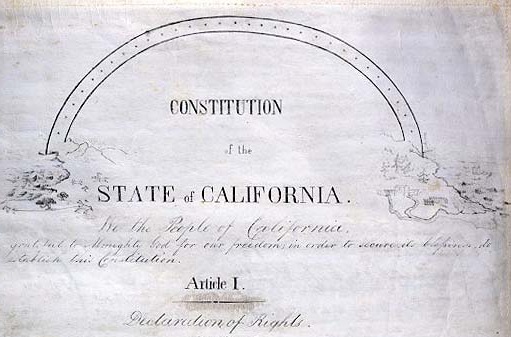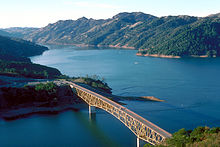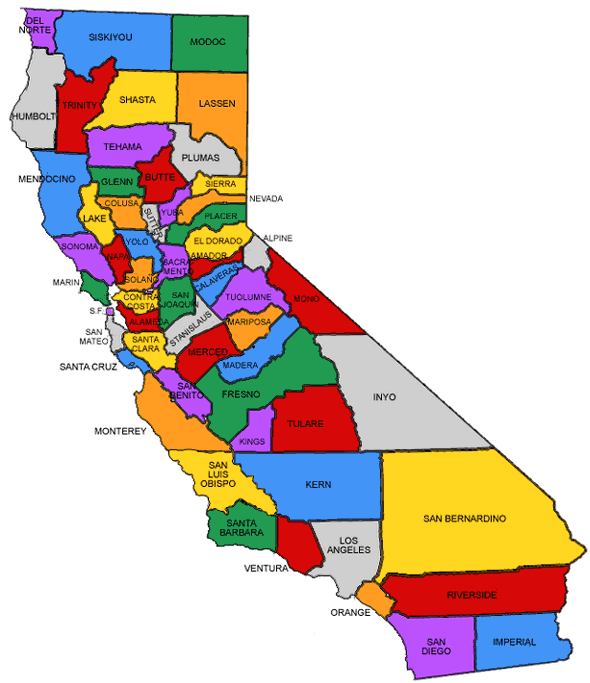
California Constitution. (Photo: www.sos.ca.gov)
California Local Governments Overview
They are critical because they run so much of government
By Chris Micheli, March 1, 2019 6:58 am
The role of local governments in California cannot be overstated. The 58 counties, 482 cities, and over 3,000 special districts (from vector control agencies to local air districts) all play a critical role in making and implementing public policy in this state.
Although the counties are specified as “political subdivisions of the state” according to the California Constitution, they are critical because they run so much of government that affects individuals and our society on a daily basis. For example, they provide health and human services and law enforcement, and conduct elections.
Local governments in this state not only implement state laws, but also, they have rule-making authority themselves by adopting county or city ordinances that govern conduct in their respective jurisdictions. Example of these municipal ordinances include the regulation of parking to allowing or disallowing the sale of cannabis in their cities. State laws are critical, but local laws cannot be ignored.

There are even local political laws, such as those in major cities including Los Angeles and San Jose, that require registration and disclosure for lobbyists who operate in those cities, to local election laws that may cap the total contribution limits to an individual candidate to just $250. Regardless of the activity in which you are engaged, an individual or a business must be aware to check not only relevant state laws, but also local ordinances to ensure compliance with all of the laws impacting your conduct, or your business, etc.
Pursuant to Article 2, Section 6, of California Constitution, elections for county, city, school, and judicial offices are officially non-partisan and political party affiliations are not included on local election ballots. The following is an overview of the structure of local governments in this state.
Counties
The 58 counties, which cover the entire state, are deemed “political subdivisions of the state” under the California Constitution and they provide services on behalf of the state, such as health and human service programs, as well as countywide services including law enforcement, property assessments, and elections. Counties are authorized to have taxing and police powers.
Counties in this state are provided for under the state constitution and the California Government Code. Primarily, the Legislature has provided counties with corporate powers that are required to provide for the health and welfare of the general public within their respective counties. The Legislature is viewed as having broader control over counties versus cities. Also, counties generally lack the broad revenue-raising power that cities possess.
There are thirteen charter counties, while the others are general law counties. They are governed by five-member, elected boards of supervisors (except San Francisco with an 11-member board as it is both a city and a county). Almost all are elected by district, except in a few counties. These boards have quasi-legislative, quasi-judicial, and executive authority over their respective counties.
They, in turn, utilize executives to manage the county’s functions. The main executive of a county is its Chief Administrative Officer. This title may vary slightly among the counties, but the role is essentially identical and this individual oversees the day-to-day operations of the county and the employees.

In all counties, the district attorneys, assessors and sheriffs are elected countywide and most counties also elect their treasurers. There are a number of other positions help in county government throughout the state. For example, in 54 of the 58 counties, the auditor-controller is an elected office for specified services. Many of the county clerks are also elected locally.
Some of the other key positions in county government include: County counsel to provide legal services; environmental health departments; information technology to provide IT goods and services; planning department to carry out planning functions; probation departments for adult and juvenile offenders; public defenders for indigent offenders; public works departments for county infrastructure; and, social services for public assistance;
Cities
The over 475 cities provide a wide range of municipal services including police, fire, parks, and libraries. The city government is headed by an elected or appointed mayor to whom department heads are responsible. The city council usually appoints a city manager to oversee the city’s services.
These cities in California are either “charter” or “general law” cities. General law cities have their powers set forth in the Government Code, while charter cities have more powers and their cities are governed by charters, which can be changed by a vote of the electorate. Incorporated cities have the power of taxation and law enforcement, as well as zoning, parks, and other municipal services.
California’s cities are provided for in Article XI, Section 3 of the state constitution, as well as the California Government Code. This also includes the process for the creation of city government. Essentially, cities in this state derive their authority from either the Government Code or from the adoption of a city charter. Pursuant to California law, there are three types of cities in this state: General law cities, charter cities and consolidated city and county.
The general law cities are governed by the Government Code. Charter cities are governed by the adoption of their respective charters; and, the consolidated city and county is a city and a county that have been merged into one jurisdiction and is governed by its own charter. San Francisco is the only consolidated city and county in California.
While counties are political subdivisions of the state, cities have greater authority than counties because they are voluntarily formed and they perform essential services which affect their citizens. The California Constitution (in Article XI) and the Government Code (in Section 34871) specify the differences between general law and charter cities. Basically, charter cities have more autonomy in their governance because they enact local ordinances that expand their authority beyond that of the general law cities. City charters are adopted or amended in the same manner as county charters are.
School Districts
School districts oversee public education in this state and they are governed independently from cities and counties. The more than 1,100 school districts in California are overseen by an elected county board of education and an appointed superintendent. These districts are governed by an elected school board. There are elementary school districts, high school districts, unified districts, and community college districts throughout this state.
Special Districts
There are also special districts in California that are defined as “any agency of the state for the local performance of governmental or proprietary functions within limited boundaries.” These special districts provide specified services within a defined geographic area and they are most often single purpose districts without police powers. It is estimated that there are more than 3,000 special districts in this state.
Among the special districts are ones that are independent (meaning they have elected boards) or dependent (meaning they are governed by the city or the county that created the district). Others still are regional boards whose members are appointed by city and county governments and those that are assessment districts, which have voting based upon the assessed value of the properties within the specified assessment district.
In addition, districts are determined to be enterprise (which means they operate as a business and are funded by user fees, such as those that provide water, power, waste, or transportation services) or non-enterprise (i.e., those which do not receive such funding). The most common special districts are utility districts and transit agencies.
- Third-party Claims - January 6, 2026
- New Trials in California - January 5, 2026
- Property of Unincorporated Associations - January 5, 2026




